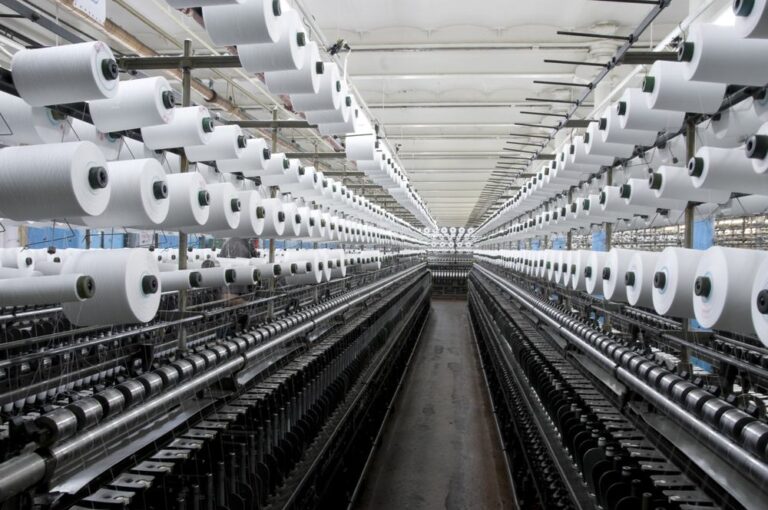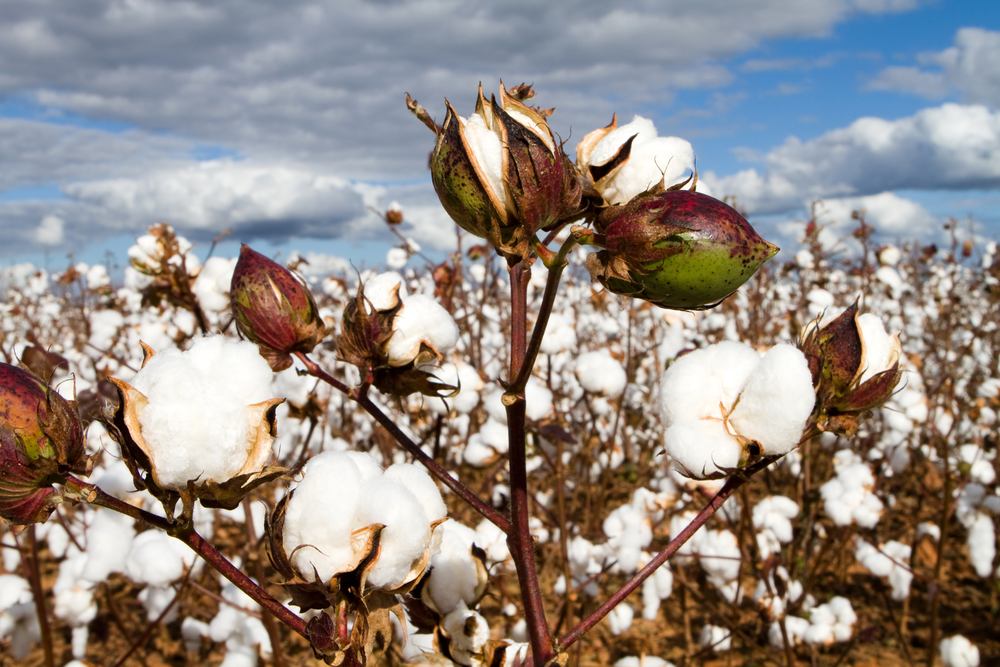
Organic cotton and fashion.
According to the survey carried out by Nielsen, which we discussed in the previous article, “25% of the consumers in the United Kingdom are willing to opt for the ‘green option’, even though it’s more expensive”. This analysis shows an important change in the opinion of the consumer towards more sustainable and responsible environmental practices. This retail trend in the UK is also reflected on the increasing global interest in environmentally friendly products. The portion of consumers who are willing to pay more in order to protect the environment has more than doubled, going from 22% in the European spring in 2011 to 46% last fall.
Organic textile fibers.
This significant change reflects the increasing concern of the consumer regarding the sources of the materials and the textile fibers used in the textile industry.
In turn, fashion brands notice there is higher availability of ecological raw material at competitive prices. This is possible due to the initiatives financed by the government of the countries in which these fibers are produced and which stimulate, for example, the growing of organic cotton and other sustainable materials.
Along with the improvements in the marketing strategy, these factors are encouraging consumers to opt for environmentally friendly products and they are also encouraging global brands to offer them in their stores. Organic products are starting to be continually commercialized by retailers.
Conscious consumers buy organic fashion
Mike Watkins –Retail Perception Manager at Nielsel– states that “including those models in the collections improves the brand image, contributes to a better understanding and awareness about them and helps compensate any dichotomy regarding the quality perceived between the standard and the ecological versions”.
The same consulting firm states that when it comes to changes in the lifestyle of active consumers, when they have to engage with brands that, for example, use organic cotton in their products in order to reduce the amount of carbon, 60% of consumers make this change around the world, 55% in France, 52% in Germany and 49% in Great Britain.
Organic cotton, present and future.
The report “Organic Cotton Market 2016” contains encouraging trends and an excellent outlook for this sort of cotton because fashion labels are increasingly using this fiber in models of their sustainable collections.
Even so, there are many retailers who acknowledge there is a need for a coordinated action to face the challenges present in the current system. This is achieved through organizations such as the OCA –Organic Cotton Accelerator– whose activities focus precisely on that. OCA is a proposal of several stakeholders who acknowledge two main aspects which need to be approached and managed. Firstly, the lack of transparency and limited resources to include organic cotton in the supply chain, which many times leads to diminishing the integrity of the product. Secondly, farmers don’t have an incentive to move from traditional to organic production because of their limited technical knowledge, lack of access to quality organic seeds and limited access to financing.
Throughout time, Textile Exchange has been positioned as a global leader in research regarding the offer and demand of organic cotton and other sustainable fibers and materials. Due to its excellent reputation, it’s considered a “trusted source” to the textile sector and to the conscious consumer who perceives the systems, the practices and the ecologic and sustainable product as a positive aspect.
During the last year, Textile Exchange has worked with the C & A Foundation by significantly investing in its internal processes, systems and in the training of the team. As a result, the Textile Exchange personnel travelled to the places of origin, where they met and integrated, as it never happened before, with more individuals and professionals involved with cotton production. This is why deeper research and analyses have been carried out in the cotton sector, creating more precise information and data regarding “their world” and the sector.
This thorough research emphasized the challenges faced by organic agriculture, particularly considering transgenic pollution, lack of transparency and accountability to support positive assertions about their products. But these aspects are not new or exclusive to the organic sector. The analyses show that these are problems of the system, consequences of the weak performance of the market which doesn’t distribute the risks and the rewards evenly.
The fashion industry must leverage the power of creating a really important movement by increasing awareness of this cause, which is taking care of the environment and our planet. This requires the leading global fashion brands to become experts in delivering the message for the consumer to trust them and to also offer appropriate and definite solutions.
Bottom Line.
From the side of the market and along with conscious consumers, it becomes clearer every day that the investment of fashion brands in sustainable and organic products is a strategy not only smart but it also results in long-term benefits for all the parties involved.
Textile industries realize that designing their own model of supply chain enables them to have the control of the whole supply process, which reduces costs for the consumers without affecting the product quality and the ethics of the production process.
The current strategy that every textile industry and every fashion brand defines regarding this aspect will be its voice. Words pronounced will start building the brand history and image and they will be their legacy for future generations –who will also be future consumers. These last elements have become really important for the costumers when they shop and they are becoming main factors of their loyalty to a certain brand.
See you in the next article!
Article also published on:











































